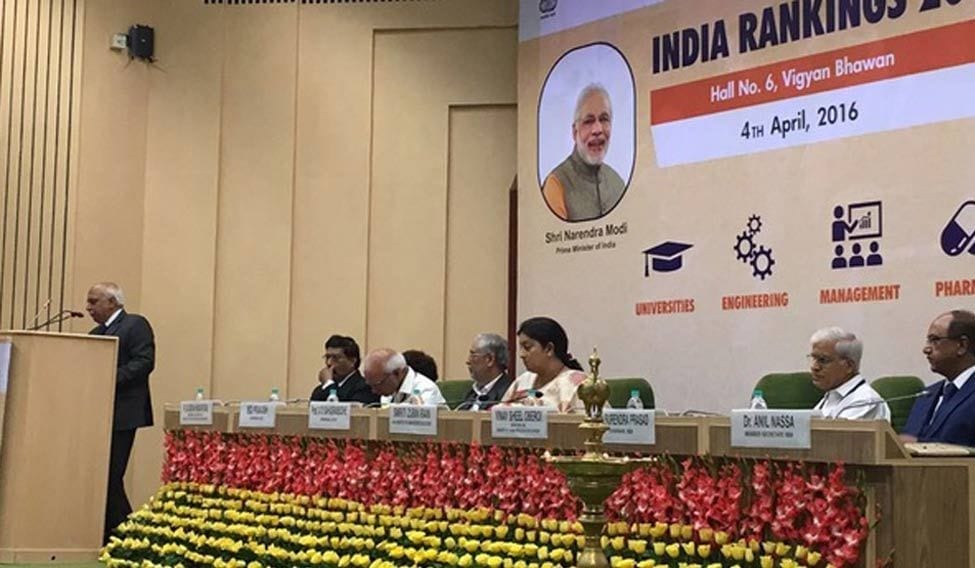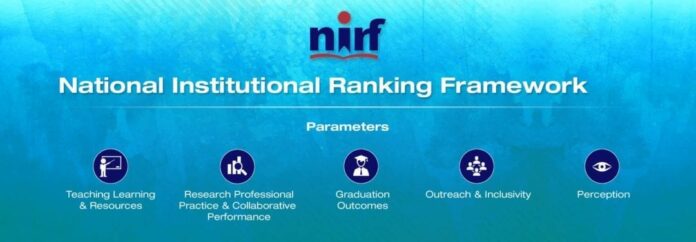India is progressing with campaigns such as ‘Make in India’ and ‘Digital India’ but what about the next set of workforce that joins these revolutions? The next set of students, fresher’s or employees that join the workforce have to be more competent. And for that they have to have the right skill-set and education. Gone are the days when theoretical knowledge could help someone excel in his/her job. Nowadays, on-the-job training’s, skill acquisition and expertise are a must have.
And it all boils down to the standard of education or training we get in our country. We all know that Indians have been and will continue to get the best of the jobs in the world at NASA or any other reputed organization or company. But still there is a need to make the education system more transparent and credible. As, poor education policies or practices leave nations in what amounts to a permanent state of economic recession.
And, if we improve our education system, it would produce long-term economic gains that are going to be phenomenal. If India, achieved basic skill-sets for all its 15-year-olds, we could expand our current GDP by 38 times, over the lifetime of today’s youngsters.
Acting upon such studies, the Government of India released the first ever National Institutional Rankings. The India Rankings 2016, country’s first exercise to rank the higher educational institutions in the Country based on objective, identifiable parameter.
The rankings are arrived at after detailed analysis and validation of the data submitted by more than 3,600 higher educational institutions in the Country classified in 6 categories. These rankings follow an Indian approach, where academic institute will be assessed on parameters, including teaching-learning; research; collaborative practice and professional performance; graduate outcomes; placements; outreach and inclusive action and peer group perception. Each of these have been further subdivided into nearly 20 sub criteria to comprehensively assess an institution.

The decision to set up a reliable, transparent and authentic ranking system for higher education institutions within the country was taken on the recommendations of heads of central and institutions of national importance universities. A core committee that included National Board of Accreditation Chairman Surendra Prasad, IIT-Kharagpur director P.P. Chakraborty, IIT-Madras Director Bhaskar Ramamurthi, besides the Higher Education Secretary and HRD Ministry officials have drafted the framework. Institutions will be ranked separately among their own verticals including engineering, management, architecture, pharmacy and universities, etc. The ranking is done by an independent and autonomous body and the exercise will be an annual affair. Accordingly, the National Bureau of Accreditation (NBA) has undertaken the task of doing the ranking exercise.
Great day for Indian Education system #IndiaRankings2016 -The National Institutional Ranking Framework @HRDMinistry pic.twitter.com/yJ38zBYUOJ
— The Unbiased Blog (@TheUnbiasedBlog) April 4, 2016
The rankings are a step towards bringing the Indian institutes on a global platform.
Please find below the Ranking Reports for your reference –
- Engineering – https://www.nirfindia.org/engg
- Management – https://www.nirfindia.org/mgmt
- Pharma – https://www.nirfindia.org/
pharma - Universities – https://www.nirfindia.org/univ











